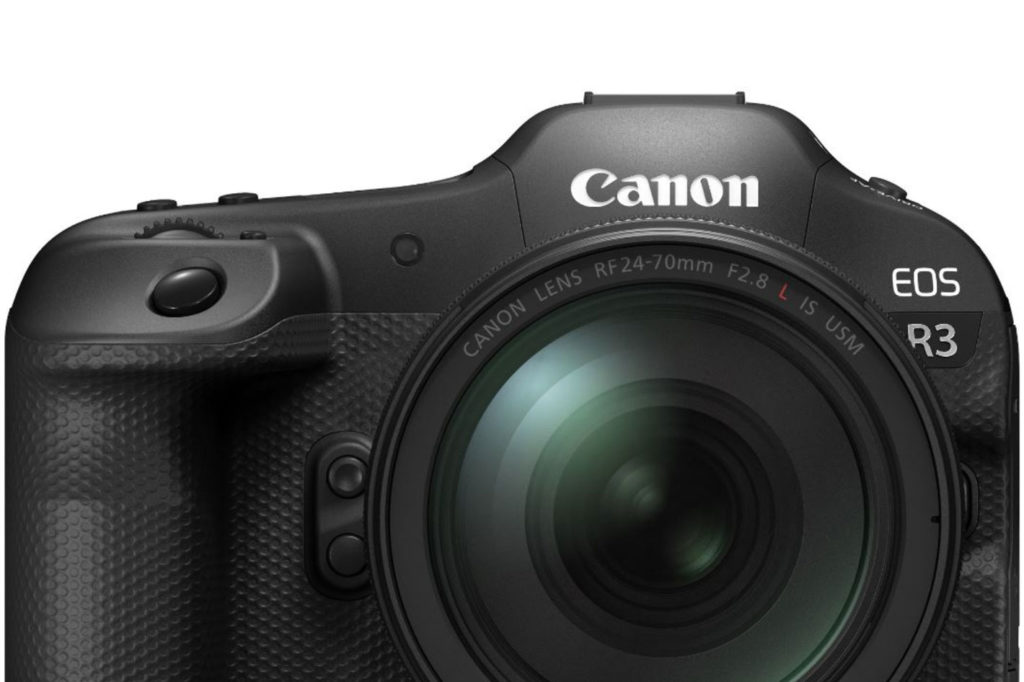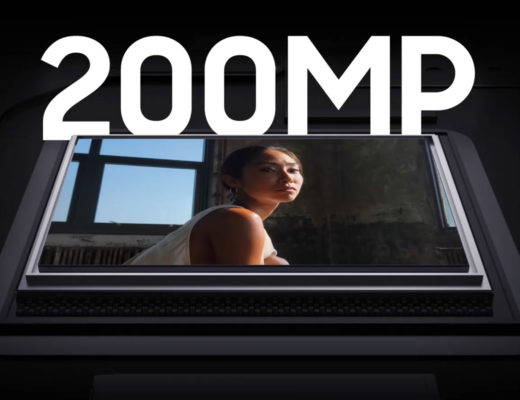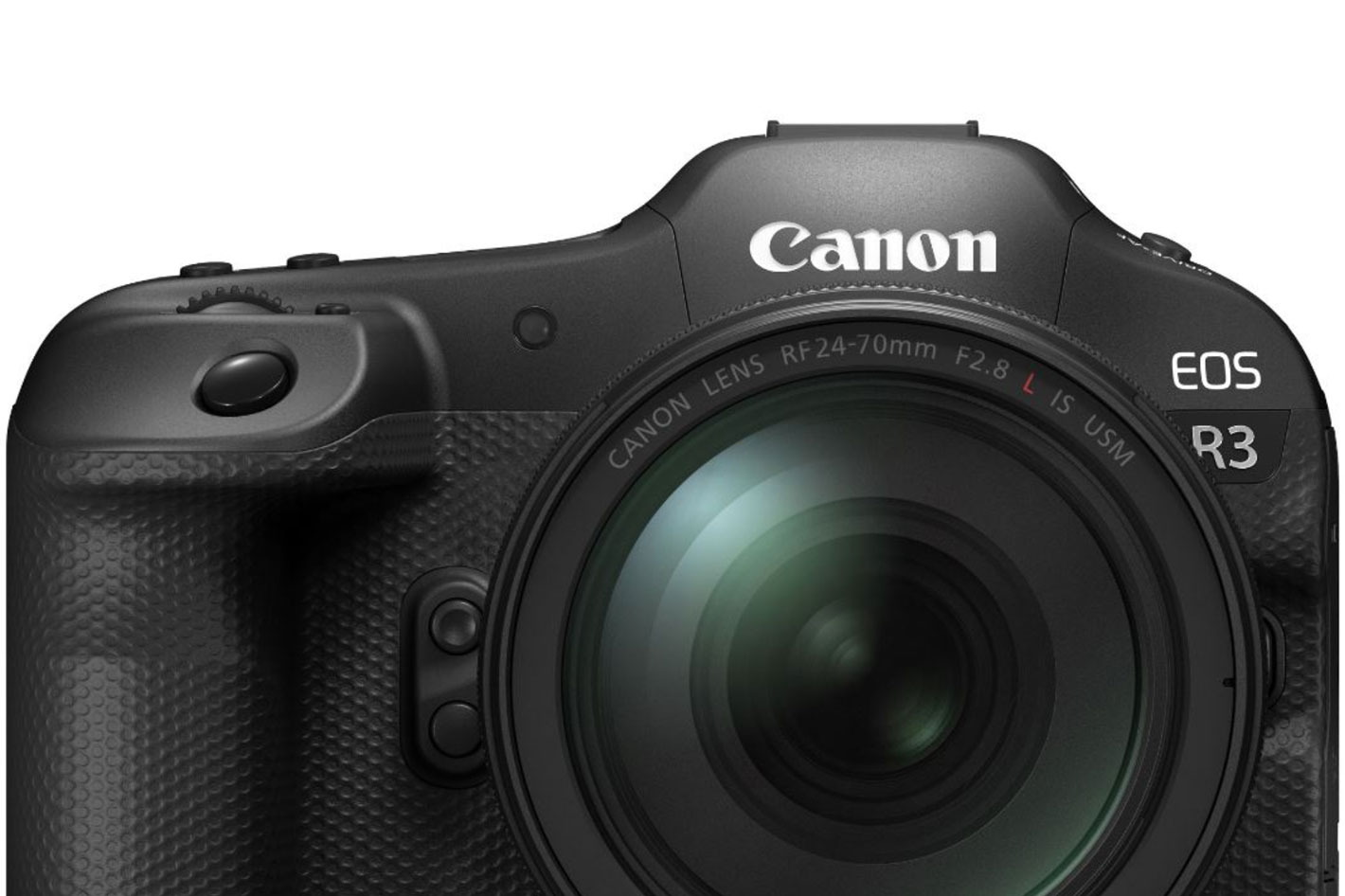 Canon’s newest mirrorless for professionals brings back a key feature from the pioneer EOS 5: Eye Control AF, meaning that where you look is where the camera focuses. Welcome the ground-breaking EOS R3!
Canon’s newest mirrorless for professionals brings back a key feature from the pioneer EOS 5: Eye Control AF, meaning that where you look is where the camera focuses. Welcome the ground-breaking EOS R3!
Canon reveals the development of the EOS R3, its newest mirrorless professional camera for sports and news. The company’s latest high-speed and ultra-responsive camera will, says Canon, “empower professional sports and news photographers to meet challenging demands – to outpace and outperform. Boasting qualities seen in Canon’s DSLR and mirrorless bodies, the EOS R3 truly is a hybrid, next generation camera for the sports and news photographers of today and tomorrow.“
The EOS R3 is the first EOS series camera to feature an entirely new 35mm back illuminated stacked CMOS sensor – developed by Canon. Combined with the power of its DIGIC X imaging processor, professionals using EOS R3 will achieve next-level, high-speed photography and filmmaking. Using the camera, they can enjoy 30fps with AF/AE tracking with minimal image distortion when using the electronic shutter – perfect for the likes of professional sports photographers challenged with capturing action within a fraction of a second.
Built on the revolutionary EOS R System, with its unparalleled RF Mount and paired with one of Canon’s innovative RF lenses, the camera offers capabilities unseen in any other camera/lens duo. With lenses like the duo launched toda y – RF 400mm F2.8L IS USM and RF 600mm F4L IS USM -, professionals can achieve unrivalled optical excellence and performance. The EOS R3 is also a key camera for Canon, because it introduces a pioneering new autofocus Eye Control Function that contributes to make this the ideal camera for action photographers looking for quality images, both still and moving, of objects travelling at intense speeds.
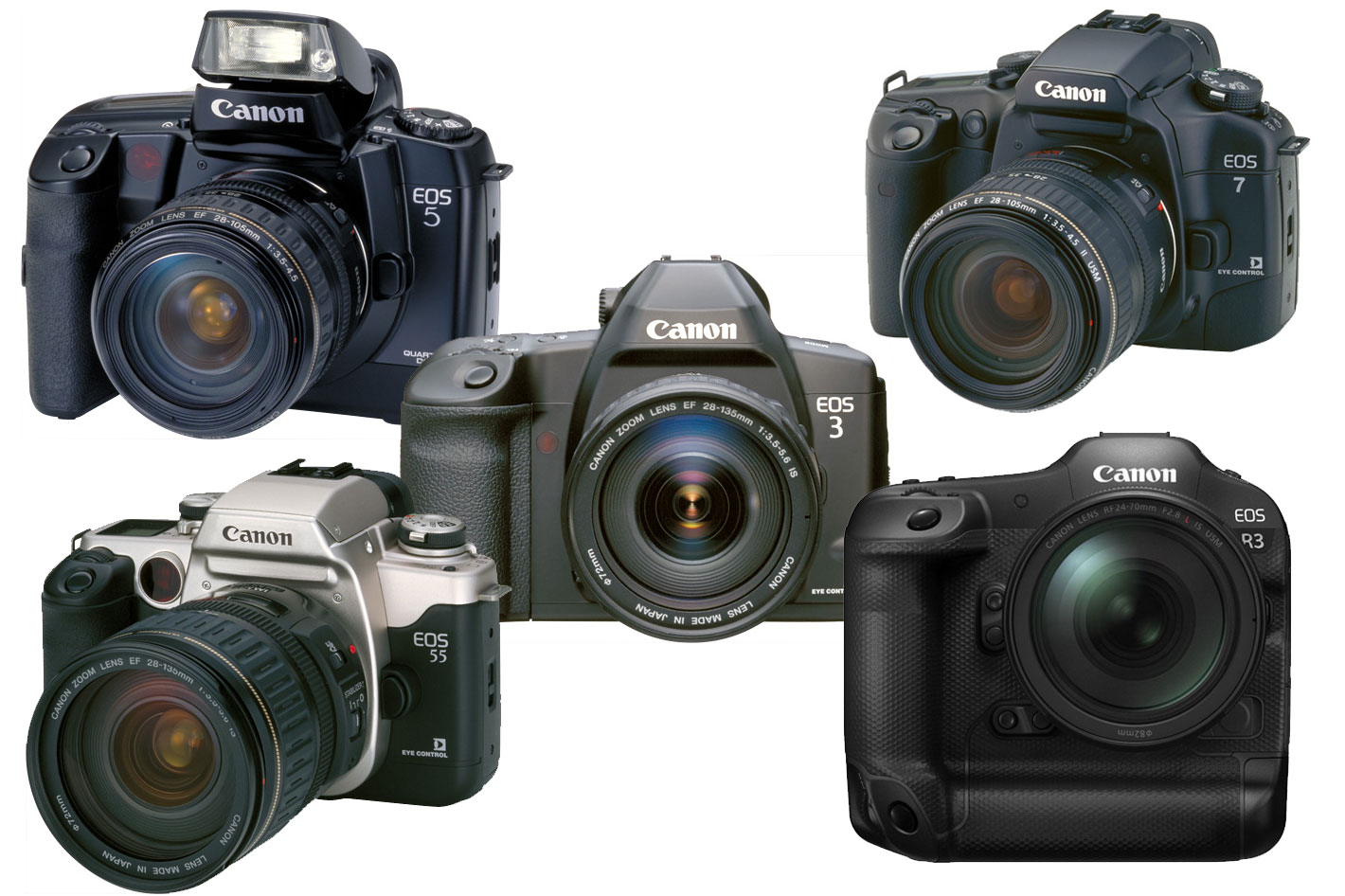 The story behind the Eye Control Function
The story behind the Eye Control Function
Introduced with the EOS 5 – EOS A2e in North America – in 1992, eye-controlled focusing was a pioneer move by Canon that allowed the user to select select from one of five focus points by looking at it through the viewfinder, a bit like the sights system used in fighter pilot and helicopter helmets to select targets. As revolutionary as it was, some people never got used to it and dismissed the option as a marketing gimmick… which it wasn’t.
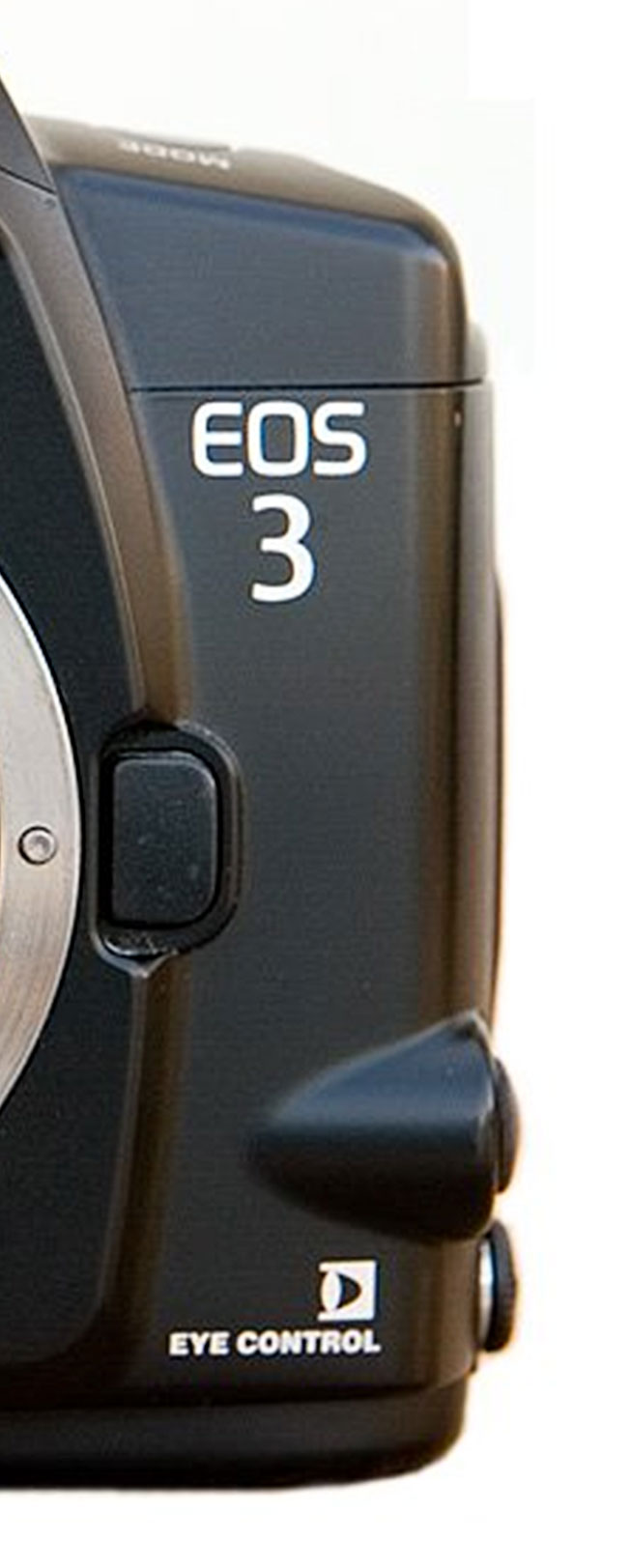 The EOS 5 was my camera of choice for a long, long time, and I simply loved the eye-controlled focusing system, despite its limitations at the time, which may well be overcome with the new technology that the EOS R3 uses to support it. The thing with the EOS 5 and its Eye Control focus was that you needed, as I used to write, to have a zen approach when using it and really laser focus on what you wanted to be the key element in the frame, with both your eye and mind. Despite using glasses, I never had problems to use the system. I believe that the fact that I used the EOS 5 for landscape photography helped, but I also used it to shoot moving aircraft and the system worked fine. For me, at least…
The EOS 5 was my camera of choice for a long, long time, and I simply loved the eye-controlled focusing system, despite its limitations at the time, which may well be overcome with the new technology that the EOS R3 uses to support it. The thing with the EOS 5 and its Eye Control focus was that you needed, as I used to write, to have a zen approach when using it and really laser focus on what you wanted to be the key element in the frame, with both your eye and mind. Despite using glasses, I never had problems to use the system. I believe that the fact that I used the EOS 5 for landscape photography helped, but I also used it to shoot moving aircraft and the system worked fine. For me, at least…
I loved the eye-control used by the EOS 5 – the system could be callibrated for different users -, but I also loved the fact that you could activate depth of field viewing with your eye, looking at a small point visible on the top left corner of the screen. Although the EOS 5 was a prosummer model and not an “official” professional camera, its price and features made it the darling of many professional photographers. I remember sports photographers telling stories of some Canon pros having crates filled with four or five EOS 5 near them when shooting football and other action sports.
Canon also used the eye-controlled focus on the professional model EOS 3 from 1998, there with 45 AF points instead of the 5 on the EOS 5, and in other models, like the Canon EOS 30 / Elan 7e, but the Eye Control system faded away until 2019, when a new Canon patent for eye-controlled autofocus suggested the company might be developing a new system, adapted to modern cameras. An updated version of that patent was spotted by Northlight Images in February 2021 and now, confirming that patents do come to life, Canon introduces the EOS R3 with Eye Control.
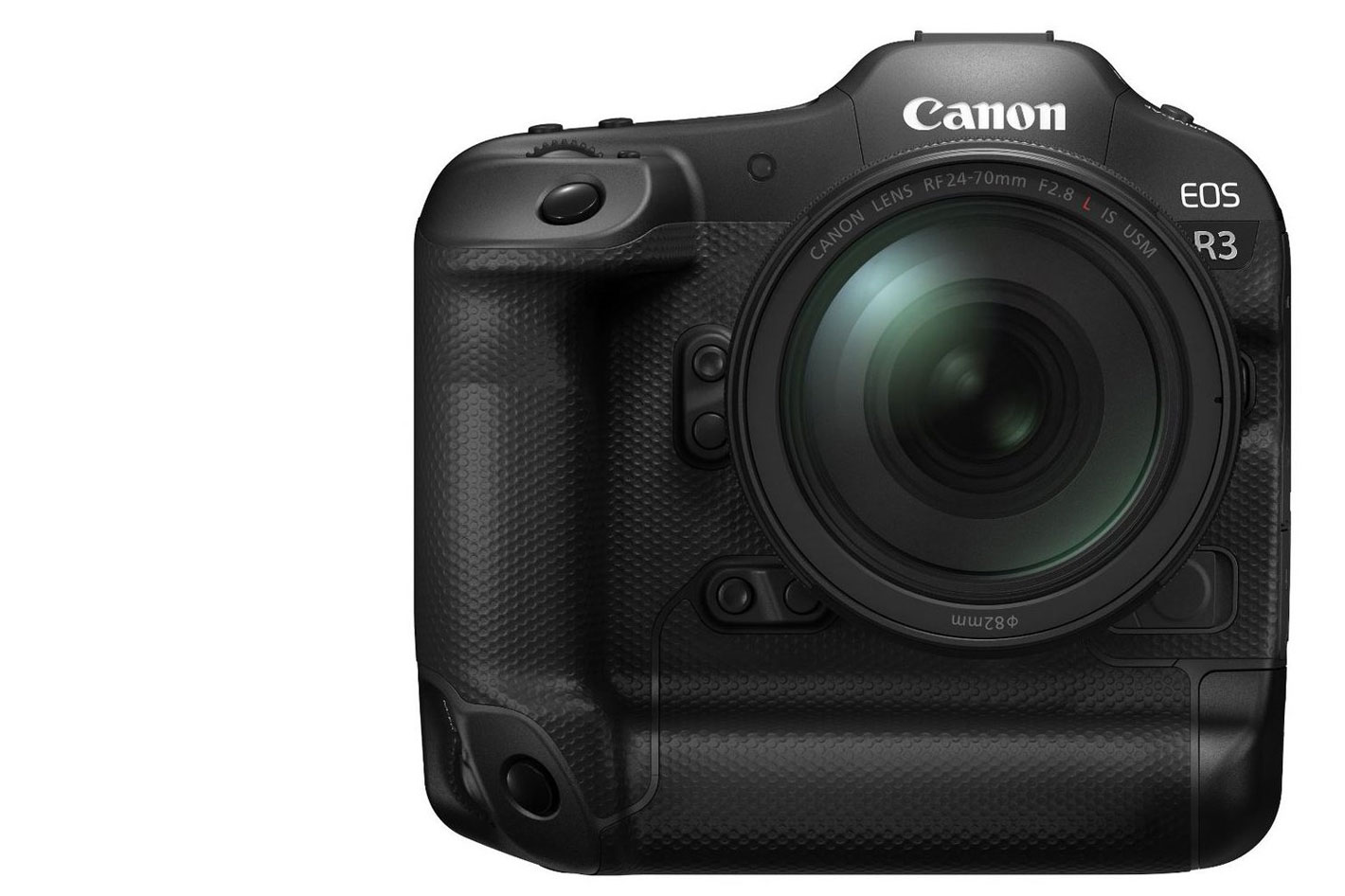
First details revealed
As Canon has done before, the announcement of development does not reveal everything about the new camera. Only some details are shared, leaving the rest to the imagination of potential users. We know it is going to be ultra-fast, and responsive, a professional mirrorless model designed for sports and news photographers and videographers. Here’s five things you need to know about the new EOS R3:
High quality, at high speed
The EOS R3 is the first EOS series camera to feature an entirely new 35mm back illuminated stacked CMOS sensor – developed by Canon. Combined with the power of its DIGIC X imaging processor, professionals using EOS R3 will achieve next-level, high-speed photography and filmmaking. Using the camera, they can enjoy 30fps with AF/AE tracking with minimal image distortion when using the electronic shutter – perfect for the likes of professional sports photographers challenged with capturing action within a fraction of a second.
Impressive tracking of fast-moving action
Professionals can push creative boundaries with pin-sharp accurate tracking and focus on fast-moving action. The EOS R3’s next generation Dual Pixel CMOS AF can track subjects’ eyes, heads and bodies travelling at speed – excellent for capturing even the finest of details in a split second. What’s more, Canon reveals it will add a new subject (yet to be disclosed) to the camera’s AF tracking.
AF control – with your eye!
The EOS R3 will feature new and improved technology first seen in Canon’s EOS 5. It is the first EOS digital camera to provide a new generation of photographers with ground-breaking Eye Control Function, which enables users to simply select and move the AF point using their eye via the viewfinder. This instinctive feature offers professionals natural and speedy control over AF. Reducing the time to focus, which is usually done with a multi-controller/button, this feature is again perfect for photographers looking to capture the most important subject for their frame at speed – whether that’s during a news conference or photographing a team sport.
Professional build
Inspired by the EOS-1D series, the EOS R3 body allows for ultra-intuitive control in the most demanding professional situations. Professionals can expect the same durability and dust and water resistance as provided in Canon’s legendary EOS-1 series bodies. The camera also has the integrated grip that EOS-1D series users love and trust. With EOS R3, professionals have the confidence to keep on shooting – whatever the conditions – whether they are pitch side or poolside, inside or outside, in snow or sunshine.
Fast connection – introducing Canon’s new Mobile File Transfer
The EOS R3 will be fully compatible with Canon’s Mobile File Transfer smartphone app. This provides a new way to transfer images and speed up workflow whilst on the move, using mobile network services and without the need for wired LAN equipment.
Canon is launching Version 1.2 of its Mobile File Transfer for iOS via the Apple App Store in June, which is compatible with Canon’s EOS-1D X Mark III, EOS R5 and EOS R6. Android support will be added in the future.
Today, Canon also announces the RF 100mm F2.8L MACRO IS USM – an impressive macro and portraiture lens which is the world’s first AF macro lens with 1.4x close up magnification. In addition to this Canon also revealed details of the new RF 400mm F2.8L IS USM and RF 600mm F4L IS USM, two telephoto prime lenses designed to meet the demands for sports and wildlife professionals, with incredible focal lengths and capabilities, especially when paired with EOS R3.

Filmtools
Filmmakers go-to destination for pre-production, production & post production equipment!
Shop Now